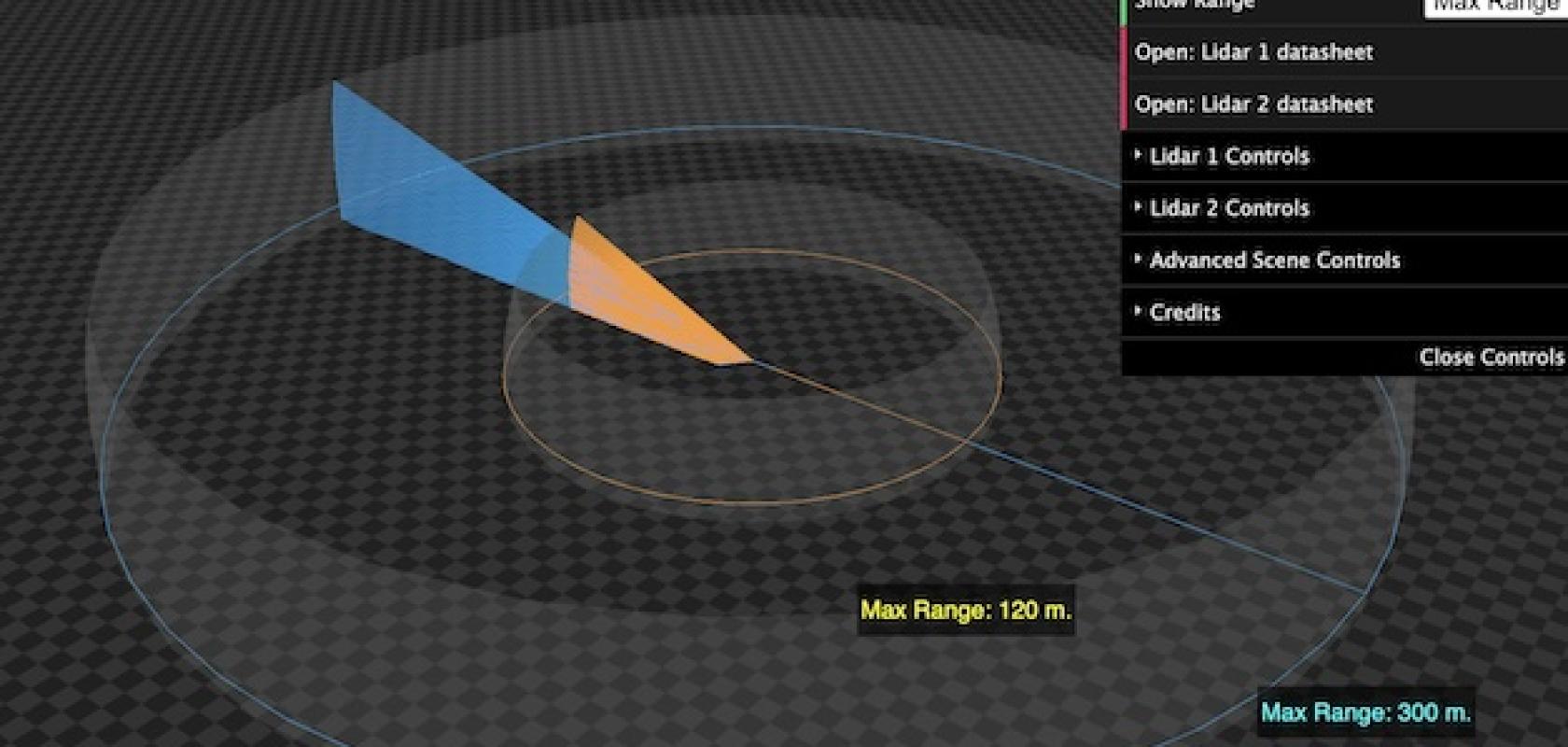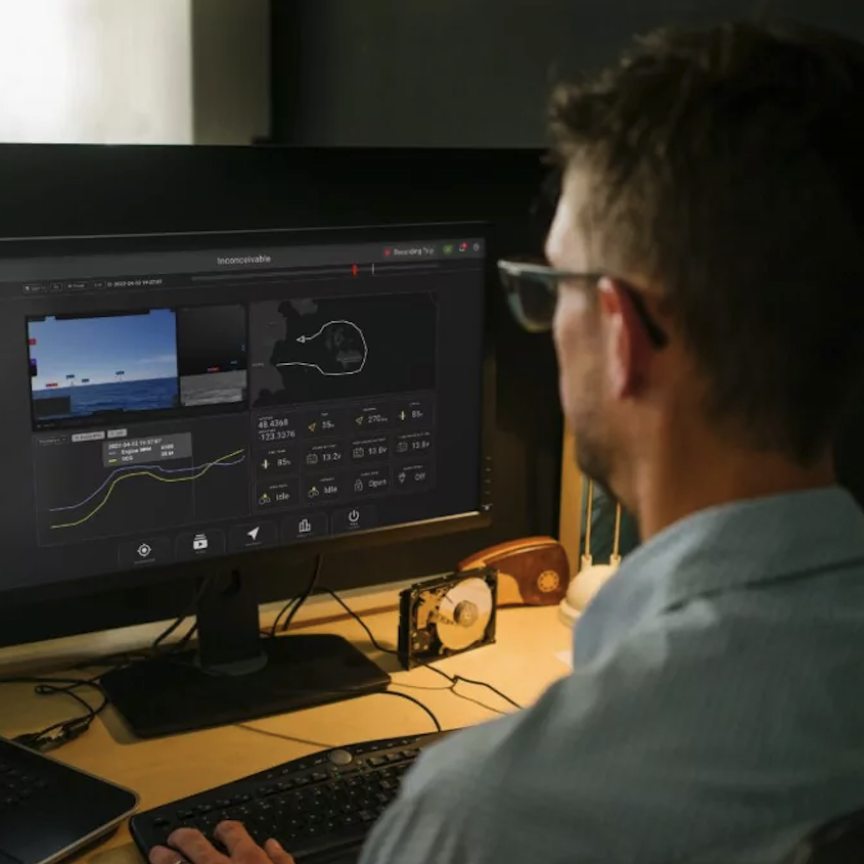Manufacturers of autonomous vehicles and robots in the manufacturing, logistics, distribution, automotive and other commercial sectors can select and compare up to 28 different lidar models from leading manufacturers with new visualisation software from Tangram Vision.
Light detection and ranging (lidar) uses light in the form of a pulsed laser to measure distance. Recognising the location of surrounding objects is a crucial part of any autonomous system that demands their detection, identification and/or avoidance, with the data taken from three-dimensional spinning lidar systems a key input into navigational systems for autonomous vehicles and robots.
With the development and launch of the interactive ‘Spinning Lidar Visualiser’ tool, Tangram Vision – a startup that builds hardware and software for the purposes of robotic perception – allows manufacturers of autonomous vehicles and robots to search for and compare various lidar models, to select which is right for their product.
Tangram Vision’s Spinning Lidar Visualiser
“From day one, our goal for Tangram Vision has been to build the tools and resources we always wished we’d had as perception engineers,” said Adam Rodnitzky, COO and co-founder of Tangram Vision. “Some of that comes in the form of products like our calibration tools, and some in the form of open-source projects, like this new lidar visualiser and comparison tool.”
With the software tool, users can compare up to 28 different lidar models from manufacturers such as Hesai, Ouster, Quanergy, RoboSense and Velodyne, selecting two models to compare data such as maximum range, range at 10% reflectivity, angular resolution and field of view. Alongside the comparison of data, users can click and drag the three-dimensional results to see from different viewpoints, embed the tool somewhere else or modify the software using GitLab.
A history of sensor visualisation comparison software
After launching a similar interactive depth sensor visualiser in 2021, a positive response to that release led the Tangram Vision team to develop this tool for lidar sensors. “Generally speaking, there is still a dearth of good resources for perception engineers,” said Rodnitzky. “For many tasks, a lot of time is taken up by research, or trial and error or simply forging new paths that have yet to be made. We’re just trying to do our part to build up a bank of resources that let engineers focus more on productive work, and less on rote tasks that should already be solved.”


